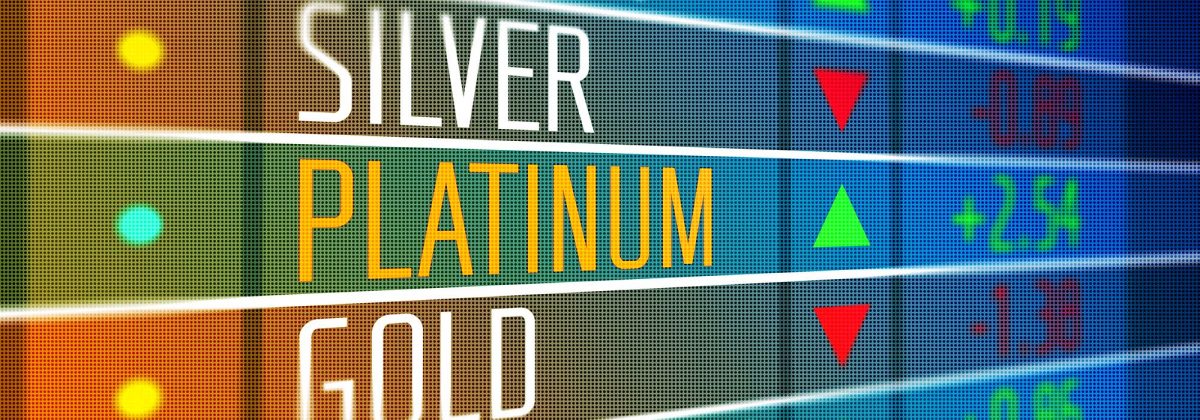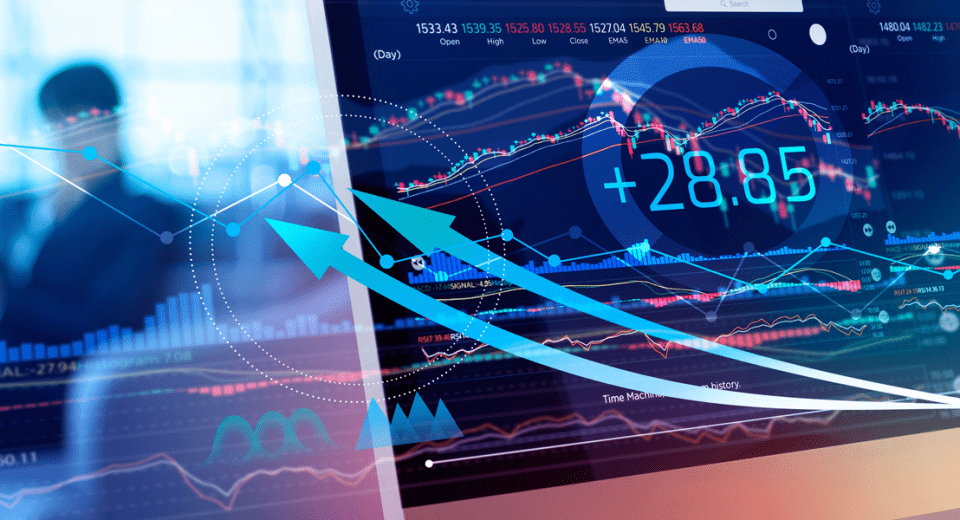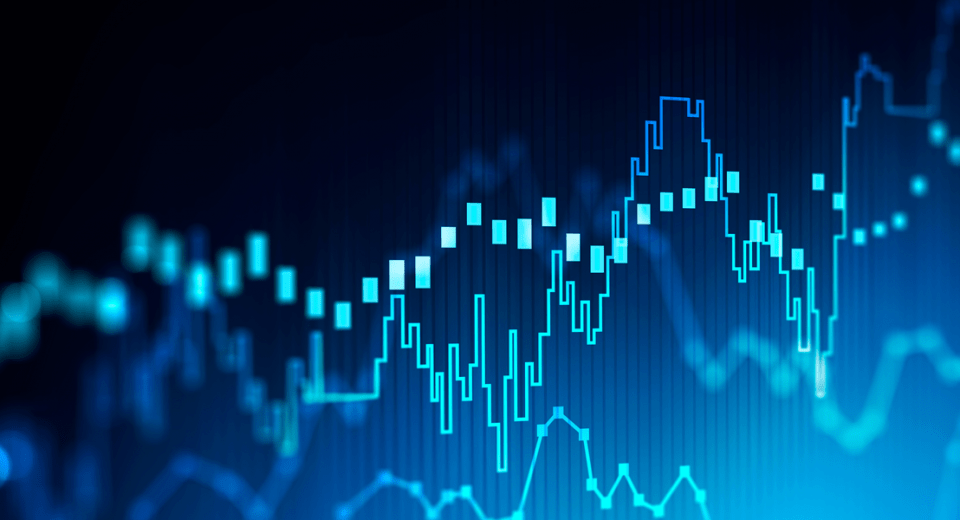Since ancient times, precious metals have been an integral part of global trade and commerce. Until the collapse of the Bretton Woods agreement in 1971, major world currencies were pegged to the value of gold. Although precious metals are no longer used as a primary mode of monetary transactions, they continue to share a close relationship with established currencies. This is especially true of gold.
Many precious metals are traded in the international markets, including gold, silver, platinum and palladium, all of which have specific characteristics and industrial uses. Over the years, a few well documented economic forces have been associated with precious metal prices. These include the value of the US Dollar, central bank interventions and quantitative easing (QE). All of these factors are based on a single aspect – currency devaluation.
Effect of Currency Devaluation on Precious Metals
Only few countries today tie their currency’s value to precious metals like gold. Instead, fiat currency values are more dependent on relative exchange rates and the domestic economic health of the countries issuing them. Many factors can lead to currency devaluation, including monetary policies, inflation, high unemployment, geo-political instability and so on. Some countries might also deliberately lower their currency valuation to stimulate their economies and promote exports.
Currency is what a nation’s economy majorly rides on. Its devaluation leads to lower purchasing power in the global arena. The resulting economic crisis can lead to depressed stock prices. During such downturns, investors are no longer concerned about generating substantial returns. Rather, they go for a risk management strategy, aiming to avoid future losses. But, if money is pulled out of the market, it doesn’t help matters. Over time, inflation diminishes the value of the currency sitting in bank accounts too.
This is why investors put their money in physical, tangible assets, like gold and silver. Precious metals are in limited supply and have inherent value that cannot be diluted. This means that they tend to keep their value intact, even during times of tough economic conditions and currency devaluation. Although the same can be said about real estate, for the average retail investor, precious metals are more logical investment vehicles. This is why their prices rise, with negative economic news. Gold is especially used as a hedge against inflation.
In short, lesser confidence in currencies in the world market drives up the price of precious metals.
Relationship between the US Dollar and Precious Metals
Precious metals like gold, platinum and silver are dollar-denominated assets, measured globally in terms of the US Dollar. Since the early 1970s, these metals have shown an inverse relationship with the value of the greenback. When the US Dollar strengthens, the value of these precious metals fall, and when it weakens, metal prices rise. This is why the Japanese Yen and gold prices share a positive correlation, as both assets have a negative correlation with the US Dollar.
While the relationship between the strength of the US Dollar and precious metals is important, it is not the sole criterion in determining value. Currency interest rates, including that of the US Dollar, have a part to play. Precious metals like gold do not yield interest, but have to compete with interest-bearing assets like currencies, for demand. When interest rates are elevated, the value of precious metals falls, since other assets command more demand due to their ability to generate higher returns. And, when it comes to interest rates, the role of central banks is of huge importance.
Role of Central Banks
Central banks are responsible for the stability of their domestic currencies and the overall economy. These central banks usually hold gold and sometimes silver, as reserve assets, in a diverse portfolio that also includes foreign currency reserves, foreign treasury bonds and low-risk financial instruments. Significant gold purchases can lower the value of the currency used to purchase it. This is because banks resort to printing more money to purchase gold, which leads to excess supply of the fiat currency in the economy. This can reduce the currency value, if demand stays constant or diminishes.
During times of central bank instability, precious metals can be liquefied in the form of loans to other governments or central banks. These metals are acknowledged as valuable assets globally, so they don’t bear credit risks, unlike other assets.
The Impact of Precious Metal Prices on Certain Currencies
Metal prices impact the currencies of nations that import and export these metals. Switzerland accounted for 20.9% of the global gold exports in 2018, followed by Hong Kong (12.2%), the United Kingdom (10.4%), the United States (6.6%) and UAE (5.1%). Countries that export gold or have access to huge gold reserves will usually have a strong domestic currency, when gold prices rise.
Similarly, countries that largely import gold tend to see a weakened domestic currency, when gold price rises. China is one of the major importers of gold, along with India. Since 2011, Chinese investors have been more inclined towards gold as an alternative investment, due to the Eurozone crisis. Countries that deal in the production of gold-based products, but do not hold large gold reserves, are particularly susceptible to increasing gold prices, for example, India.
Certain currencies like the Australian Dollar (AUD) and the Swiss Franc (CHF) are especially susceptible to gold prices. Australia is a net exporter of gold, and AUD is considered a commodity currency, due to the nation’s huge export figures in natural resources like iron ore. The Swiss Franc is backed by huge gold reserves in Swiss banks, which gives it a safe-haven status.
Quantitative Easing Policy
Quantitative Easing (QE) is a type of monetary policy, where the central bank undertakes large scale asset purchase to stimulate the economy. The aim is to encourage investors to put money into high-risk investments, by injecting new money into the economy. The funds used by the central banks to fund these purchases are derived from the exchange of government bonds. When someone with government bonds sells these bonds to a central bank, the bank injects new money into the seller’s account. This strategy has been used by central banks during times of severe economic downturns, like the 2008 global recession.
In 2008, the US Federal Reserve initiated a QE program, which led to a rise in spot gold prices. However, when investors returned to high risk investments, it led to a decline in gold prices.
Precious metals are considered the best way to ride out a period of deflating currency values. They offer sound diversification options for investment portfolios. However, traders need to be aware of other key factors that could influence the prices of precious metals, such as industrial applications, ETFs and natural disasters.
Forex traders can see their price movements to predict currency prices in the short-term, as the two asset classes are so closely related.
Reference Links
Start Trading in 3 easy steps
1
Complete the Application Form
It takes just minutes for us to verify your identity and set up your account.
2
Download MT4 Platform
Download MT5 and trade via your desktop, mobile or tablet. No minimum deposit required.
3
Start Trading
Trade more than 60 products (Forex, CFDs & Commodities)





